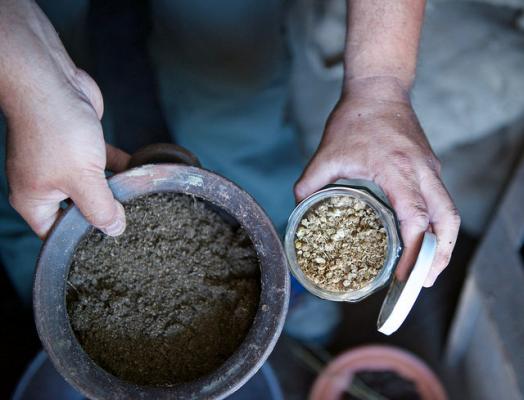
Wine lists can be difficult for the uninitiated to understand. One restaurant in Los Angeles, Hatchet Hall, has taken this a step further: not only is their list incomprehensible to the general public, it’s incomprehensible to anyone who doesn’t work there. Rather than name producer, region, vintage and grape variety as is normal they’ve come […]
To access this post, you must purchase
2024 Catalunya Special Report, 2024 Catalunya Sparkling Wine Special Report, 2024 Rioja Special Report, 2024 Aragón Top 100, 2024 Rueda Top 100, 2024 Toro Top 100, 2024 Discover Spain Special Report, 2024 Bierzo Top 100, 2024 Jerez Special Report, 2024 Ribera del Duero Special Report or 2024 Rías Baixas Special Report.
